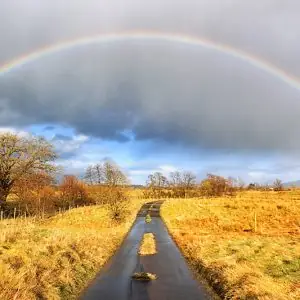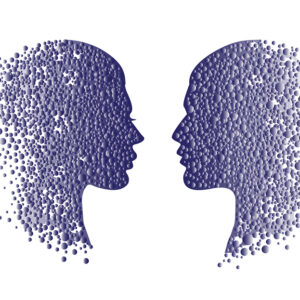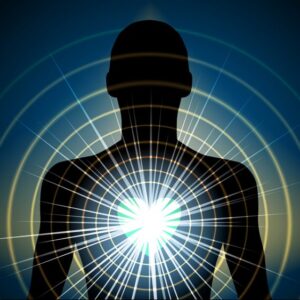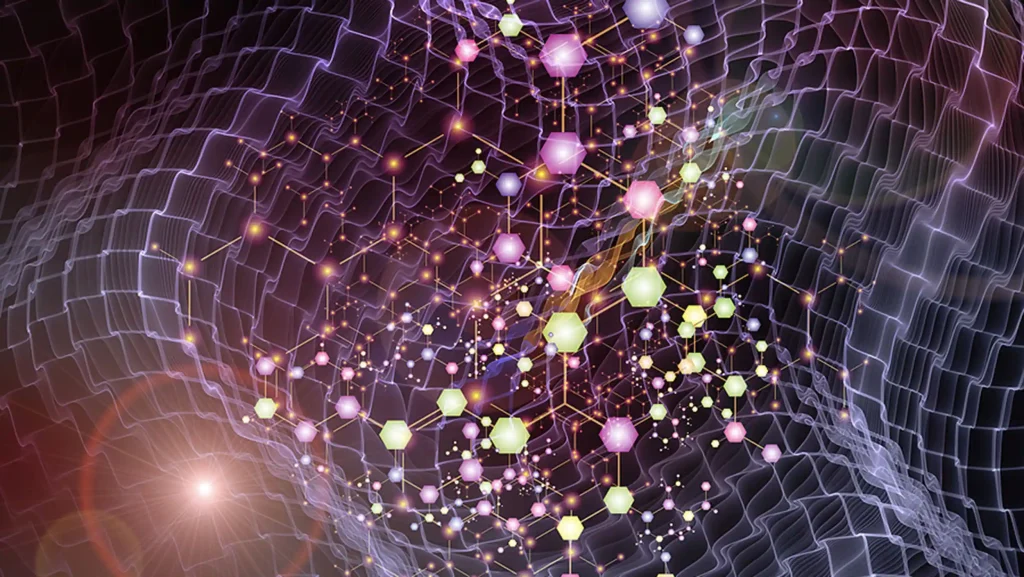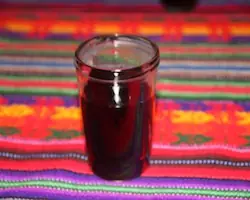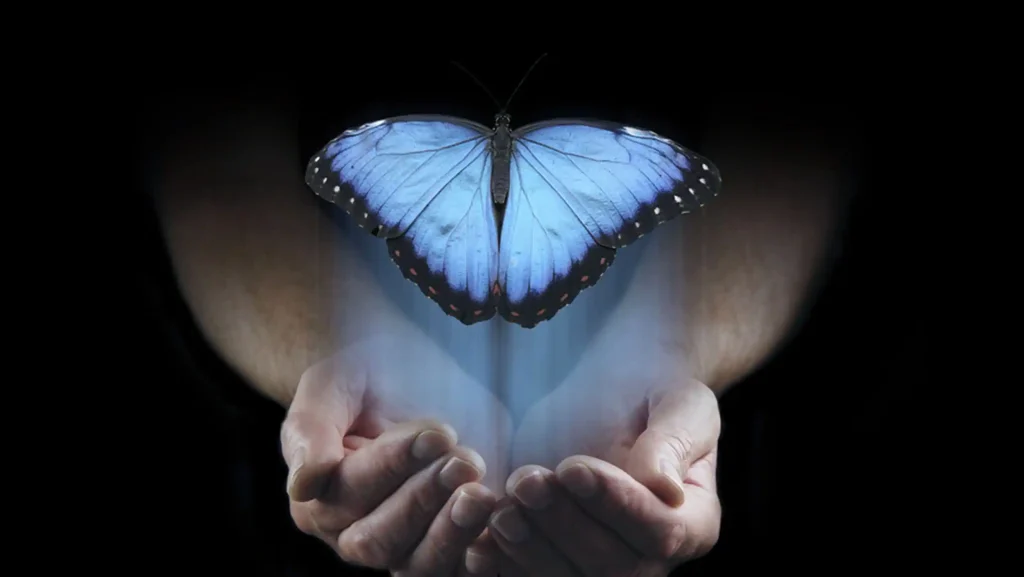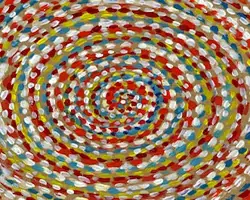The previous article focused on the problems that can occur when someone combines pharmaceutical medicines and chemical compounds from the laboratory with natural entheogenic plants that have not been altered in any significant way. Here we will continue the discussion about the great interest by the general public in indigenous plant medicines and the need for greater understanding of the knowledge that indigenous cultures have compiled over many centuries, even thousands of years. The plants I will be referencing here include ayahuasca, psilocybin mushrooms, huachuma (aka San Pedro), peyote, and iboga but the general topic includes all medicine plants.
With the exceptions of ayahuasca, psilocybin, and iboga that are sometimes taken alone, most indigenous people do not take hallucinogenic plant medicines alone nor do they do so recreationally. They are taken in the context of a ceremony with other members of their family or tribe with certain objectives in mind. In the past and up until the present day some healers have taken ayahuasca, psilocybin and iboga for the purpose of diagnosing an illness in their patient and this requires their taking the medicine while they are observing the patient who often does not take the medicine. Sometimes these same plants are used to further knowledge for the shaman. However, these same plants have also been taken ceremonially and in a group setting for many centuries.
In addition to this, most hallucinogenic plant medicines are supposed to be taken in the context of a sacred ceremony accompanied by the proper songs and prayers. Without these guidelines the results can be quite unpleasant and, for some, harmful rather than healing or beneficial. A person should be properly prepared psychologically, mentally and emotionally for taking these medicines and they need to be on a cleansing diet for a few days or weeks to clear the body of any conflicting substances. For example, most indigenous cultures restrict salt intake before taking plant medicines because excess salt is considered to hold and concentrate emotional negativity. This traditional preparation allows the plants to give maximum benefit to the one receiving them. Noteworthy is the fact that this understanding about the influence of salt among indigenous people is cross cultural and in every part of the world.
There are other spiritual considerations among indigenous people regarding the ingestion of medicinal plants that we would be well to consider. People not raised in indigenous tradition tend to see plants like they see everything else, as objects with a single purpose, to get high, to alter their current state of mind, to fix something, to have fun, to be inspired or experience intense sensations and so on. The idea is “I am here in this body and that plant is over there. I am me inside this skin and the plant is not me. I will take it and it will work on me and maybe I will benefit.” So, there is a sense of separation and disconnection with the so-called outside world among modern peoples.
Indigenous people don’t see plants or animals in this way. They know that Spirit is in everything, in that plant, in that animal, in themselves. Therefore, they believe the following, “When I consume this plant I am taking in Spirit and since Spirit is in me, the plant is me too.” But that is not all. The Wixarika people (also known as Huichols by Mexicans) of central Mexico are from the Toltec tradition and they are a Peyote people. They call this small cactus Hikuri, and for them it is the sun, it is the fire, it is the corn maiden, the blue corn pollen, it is Kauyumari, the sacred Blue Deer, the original shaman of the people who taught them and still teaches them how to live. They do not see Hicuri as just a plant but a summation of their entire history as a people. Yes, they take it to heal personally but more importantly they take it to heal their entire village so they tend not to take it all alone.
They say you cannot lie when you eat it. It is like truth serum and shows you the truth about yourself and others, and shows others the truth about you. The Hikuri has its songs and these songs must be sung by a maracame (shaman) and also can be sung by any and all participants while consuming it. One must love it and feel its love for you back. This is a rather huge difference in the way they see their medicine and the way most non indigenous people think of peyote. Incidentally Northern Native American tribes belonging to NAC, the Native American Church, have more restrictions as to who can sing in ceremony. Some of them restrict women from singing and some do not.
As long as we insist on seeing reality in our limited cause and effect way, we will get less benefit from these substances. The indigenous say, “The plants are us, we are them. How can we not love them? They are concentrations of awareness and expressions of Spirit.” Then why can they give us bad trips sometimes? They don’t. They say we give ourselves bad trips by feeling separate and fearful. The plants can also give us a hard time when we take them in combinations that are not compatible.
Let’s look at another consideration that it would be helpful if people knew about. As I mentioned, indigenous shamans see plants and other substances differently from the way we do. They see and feel that the plants have a vibration. They are a medicine and they have their own songs that accompany them. These songs match the vibration and frequency of the plants and are actually given to one by the plants themselves. Indigenous peoples not only see the plant but they can hear it and feel it as well through its music. They say that when you consume the plant it lends you its matrix, its vibrational content and this spreads through your physical body and your other subtle bodies, alters you in good ways, and becomes a part of you, helping you, healing you, protecting you for life.
Think of it this way: people of different countries consume different foods and spices and this gives them different body odors that can be detected if you get close them. If you form a relationship with a plant by consuming it or just having it near you it may permanently come to live with you in the form of its vibration, adding another layer to your matrix. Indigenous people have come to know more about which plants’ vibrations are compatible and which are not. This is why some of them say you should find your plant and stick with that one and avoid the others. Others who are more flexible and less traditional in their thinking say there are advantages to various plants and you can take them but not too close together in time. They might recommend two weeks apart or even longer. One can end up with a great many of these vibrations in their matrix if one diets with many plants but they have to be compatible with both the person and the other plants. Indigenous folks say that not every plant is compatible with every person or with all other plants. You can set off chaos within your body by mixing the wrong plants similar to mixing foods that should not be consumed together leaving you suffering from headaches, gastrointestinal distress, nightmares and other maladies. Mixing huachuma and ayahuasca is a truly terrible idea for this reason. One time many years ago when I was ignorant of all this, I took them on consecutive nights and paid an awful price through physical illness. Taken a month apart the results may be entirely different and beneficial.
Many plants may be mixed together quite successfully. Pure organic tobacco mixes well with most plants. It is considered to be a major catalyst plant by the Shipibo and other Amazon tribes because it unleashes the power of any plant it is mixed with. However even this can be abused or overdone and then it is not helpful. Let us just say that tobacco is used strategically by them and not simply for personal gratification. If one does abuse tobacco it will exact a negative price that may eventually kill you. That is the price for abuse and lack of respect.
Now, with huge interest in taking psychotropic plants by non-indigenous peoples, there is much ignorance in the way they should be taken or consumed. Already there are many programs being set up around the world to train anyone with an interest in becoming guides for people who desire to take these plants for personal benefit. For example, to heal PTSD, OCD, addictions, and many other conditions. Already there is plenty of research and evidence that these plants are very effective cures for these conditions and in my view, healing is always a good thing. However, what is rather disconcerting is that few of these programs understand anything about what I have revealed so far in this article. In fact, many mental health practitioners are downright hostile to this information and want nothing to do with ceremony, nothing to do with any indigenous information, or anyone who has worked with and learned indigenous ways. There is fear of cultural appropriation among some so they want to start over completely with their own approach based on purely western style research, statistics and the like to avoid any problems with native peoples who are the ones who have used these plants for thousands of years and know about them. To me this sounds utterly crazy. Talk about throwing out the baby with the bathwater.
They are hostile to the idea that plants have spirit, that plants have songs, that plants have likes and dislikes, that the plants may be compatible or incompatible, that plants can exact a price or a toll on someone who uses them without gratitude and appreciation and so on. It is as if they want to wipe out thousands of years of wisdom that they prefer to call superstition. They even believe that you can extract the key ingredient of a plant that makes it psychotropic and simply give people that ingredient and all will be fine. The reason there has been so much trouble with LSD over the years is exactly that. A mold synthesized into a chemical, shorn of the natural base that holds its spirit and given to people in isolation with canned music. I am not saying that this method cannot be helpful and mind opening because I myself have experienced great benefit in the past from taking it this way, but now I know better and can understand why some of it was so difficult and confusing. No one ever bothered to check whether this tiny powerful mold had its own songs, needs, and preferences or what ceremonial requirements it might have needed.
In the times in which we live, we are in the habit of just crashing through and popularizing things that are deeply complex and require much more care and consideration in the way we approach them. The most problematic aspect of this is our crazy desire to monetize everything. Everyone wants to cash in on the latest craze but there is nothing latest about consuming plant medicines. They have been taken for thousands of years and there is knowledge they have given us not to be ignored.
Bear in mind I am writing this to inform rather than condemn people for their interest in these things. I myself have had tremendous interest throughout my life and have spent a great deal of time with indigenous teachers to learn more about the world of plants. What I am aiming to draw attention to is our cultural bias and tendency to want to exact maximum profit before people know what they are doing. The price may be quite high for our lack of insight or attention. Personally, I have seen that the price is already being paid by many. I do believe that our future belongs to the interface between shamanism, spirituality, and science. I suggest that we pay attention and not leave any of these three out of what we do.
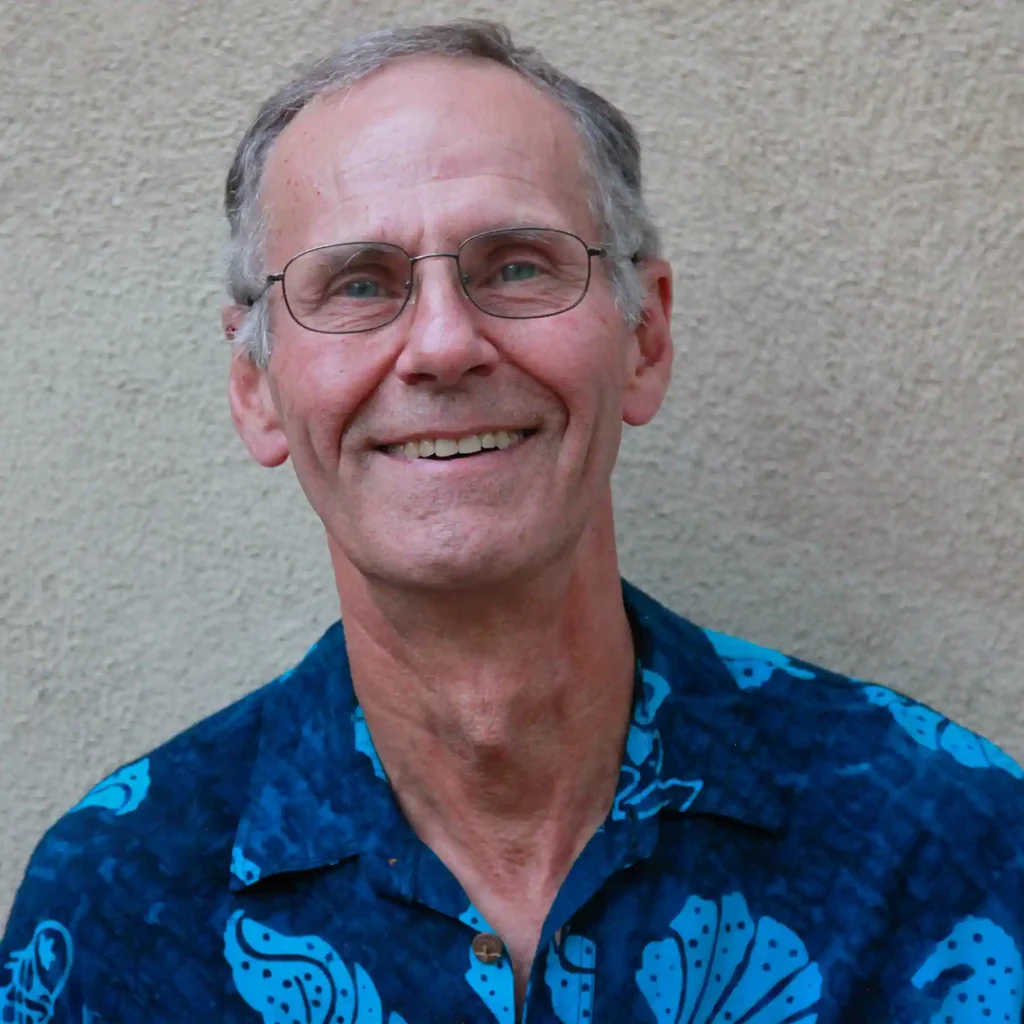
José Stevens
José Luis Stevens, PhD is the president and co-founder (with wife Lena) of Power Path Seminars, an international school and consulting firm dedicated to the study and application of shamanism and indigenous wisdom to business and everyday life. José completed a ten-year apprenticeship with a Huichol (Wixarika) Maracame (Huichol shaman) in the Sierras of Central Mexico. In addition, he is studying with Shipibo shamans in the Peruvian Amazon and with Paqos (shamans) in the Andes in Peru. In 1983 he completed his doctoral dissertation at the California Institute of Integral Studies focusing on the interface between shamanism and western psychological counseling. Since then, he has studied cross-cultural shamanism around the world to distill the core elements of shamanic healing and practice. He is the author of twenty books and numerous articles including Encounters With Power, Awaken The Inner Shaman, The Power Path, Secrets of Shamanism, Transforming Your Dragons and How To Pray The Shaman’s Way.
Related Articles
The Explosion of Interest in Medicine Plants: What we need to know
The Immense Results of a Plant Diet
(Hint: For best results read all the way through even if you are not interested in plant diets.)
Two days ago I returned from…

José Stevens
José Luis Stevens, PhD is the president and co-founder (with wife Lena) of Power Path Seminars, an international school and consulting firm dedicated to the study and application of shamanism and indigenous wisdom to business and everyday life. José completed a ten-year apprenticeship with a Huichol (Wixarika) Maracame (Huichol shaman) in the Sierras of Central Mexico. In addition, he is studying with Shipibo shamans in the Peruvian Amazon and with Paqos (shamans) in the Andes in Peru. In 1983 he completed his doctoral dissertation at the California Institute of Integral Studies focusing on the interface between shamanism and western psychological counseling. Since then, he has studied cross-cultural shamanism around the world to distill the core elements of shamanic healing and practice. He is the author of twenty books and numerous articles including Encounters With Power, Awaken The Inner Shaman, The Power Path, Secrets of Shamanism, Transforming Your Dragons and How To Pray The Shaman’s Way.
Related Articles
The Evolution of Perception and Fear
The Challenge Of Creating Our Future
The frequency of the Earth is shifting, The hertz frequency of the earth is dropping temporarily while changes are being made from the core of…

